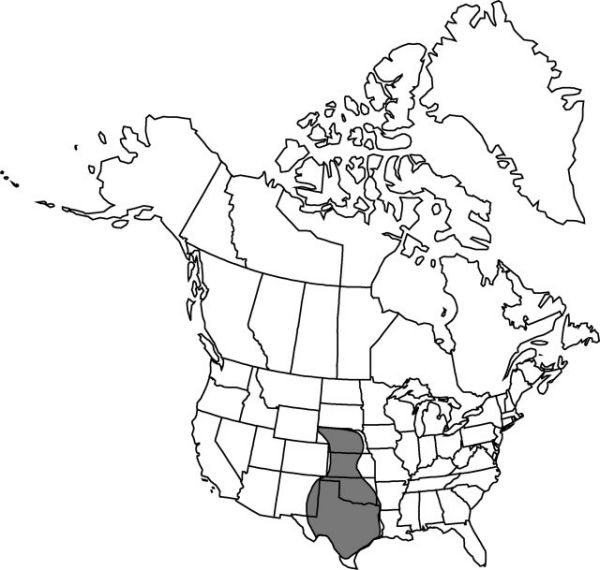Allium drummondii
Trudy Imp. S.-Peterburgsk. Bot. Sada 3: 112. 1875.
Bulbs 1–5, without basal bulbels, ovoid, 1–1.8 × 0.7–1.5 cm; outer coats enclosing 1 or more bulbs, brown, reticulate, cells fine-meshed, mostly closed in proximal 1/2 of bulb, fibrous; inner coats whitish or brownish, cells intricately contorted, walls usually not sinuous. Leaves persistent, green at anthesis, 2–5, sheathing; blade solid, flat, channeled, 10–30 cm × 1–3 (–5) mm, margins entire. Scape persistent, solitary, erect, terete, 10–30 cm × 1–3 mm. Umbel persistent, erect, compact to ± loose, usually 10–25-flowered, hemispheric-globose, rarely replaced by bulbils; spathe bracts persistent, 2–3, 1-veined, ovate, ± equal, apex acuminate. Flowers campanulate to ± stellate, 6–9 mm; tepals spreading, white, pink, or red, rarely greenish yellow, ovate to lanceolate, ± equal, becoming papery and rigid in fruit, margins entire, apex obtuse or acute, midribs somewhat thickened; stamens included; anthers yellow; pollen light yellow; ovary crestless; style linear, equaling stamens; stigma capitate, unlobed or obscurely lobed; pedicel 5–20 mm. Seed-coat shining; cells each usually with minute, central papilla. 2n = 14, 28.
Phenology: Flowering Mar–Jun.
Habitat: Plains, hills, and prairies, particularly in limestone soils
Elevation: 0–1600 m
Distribution

Ark., Kans., Nebr., N.Mex., Okla., Tex., Mexico
Discussion
Selected References
None.
Lower Taxa
"thicker" is not a number."broad" is not a number.
